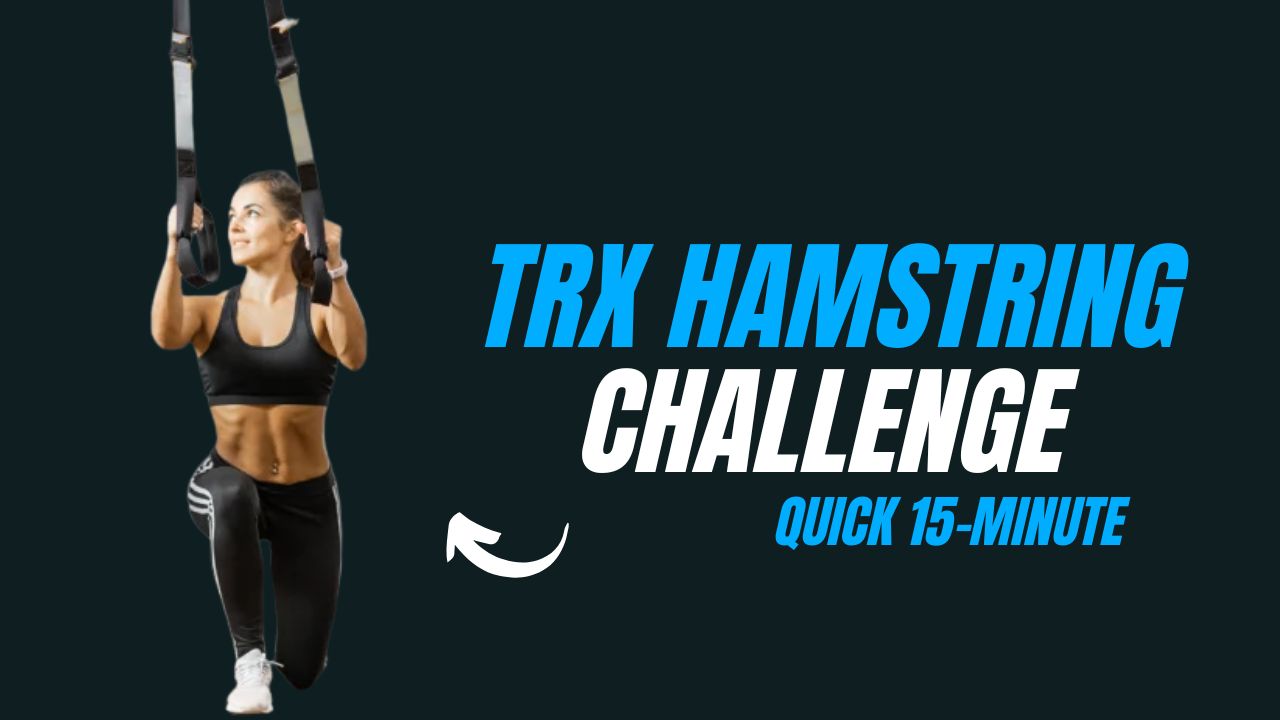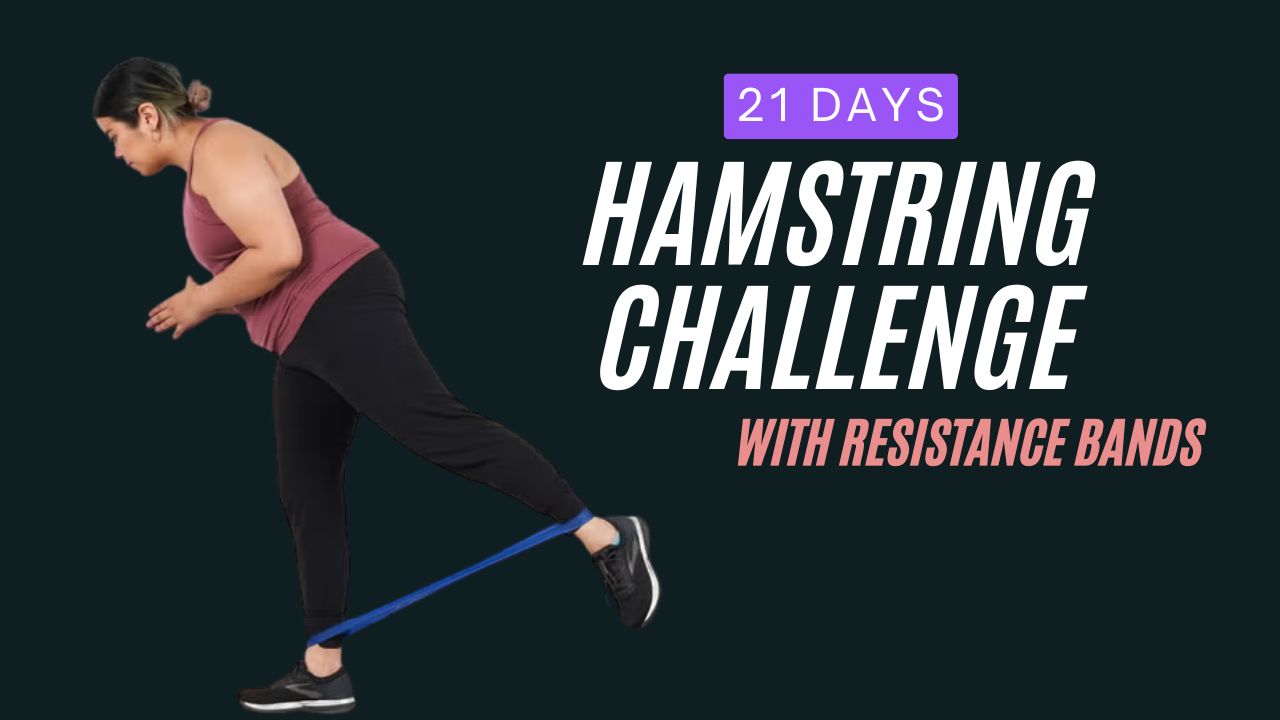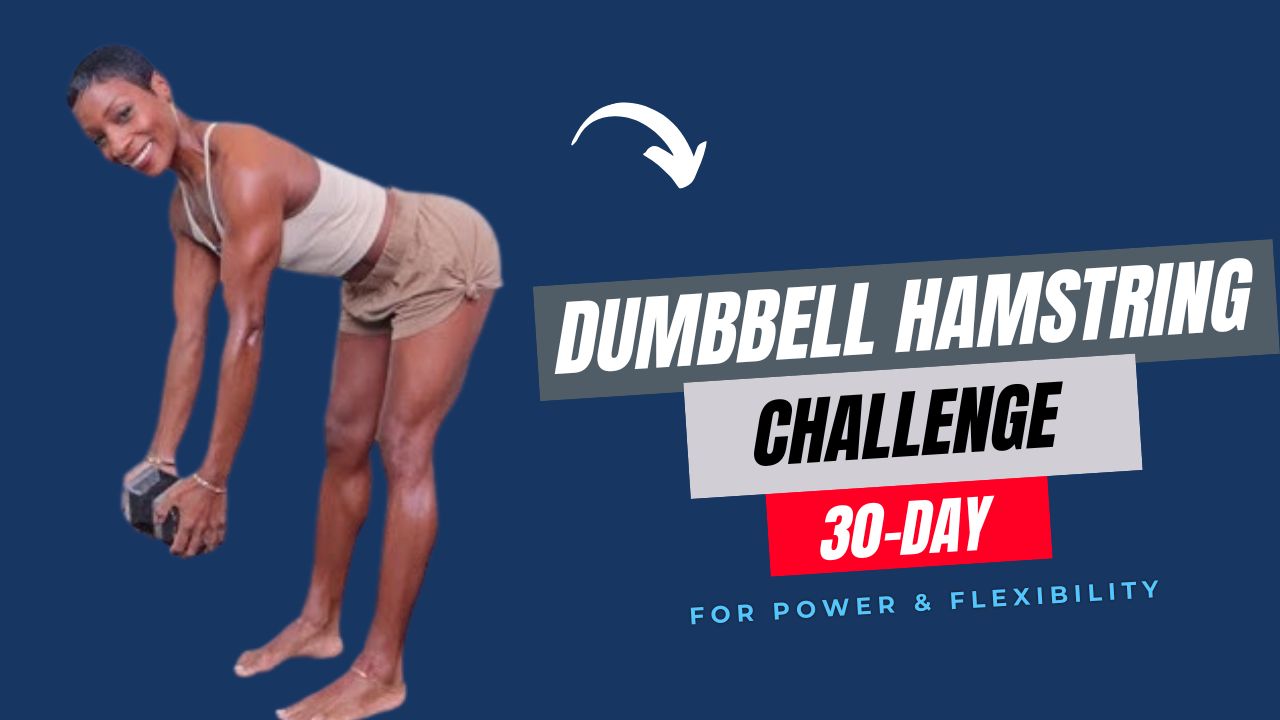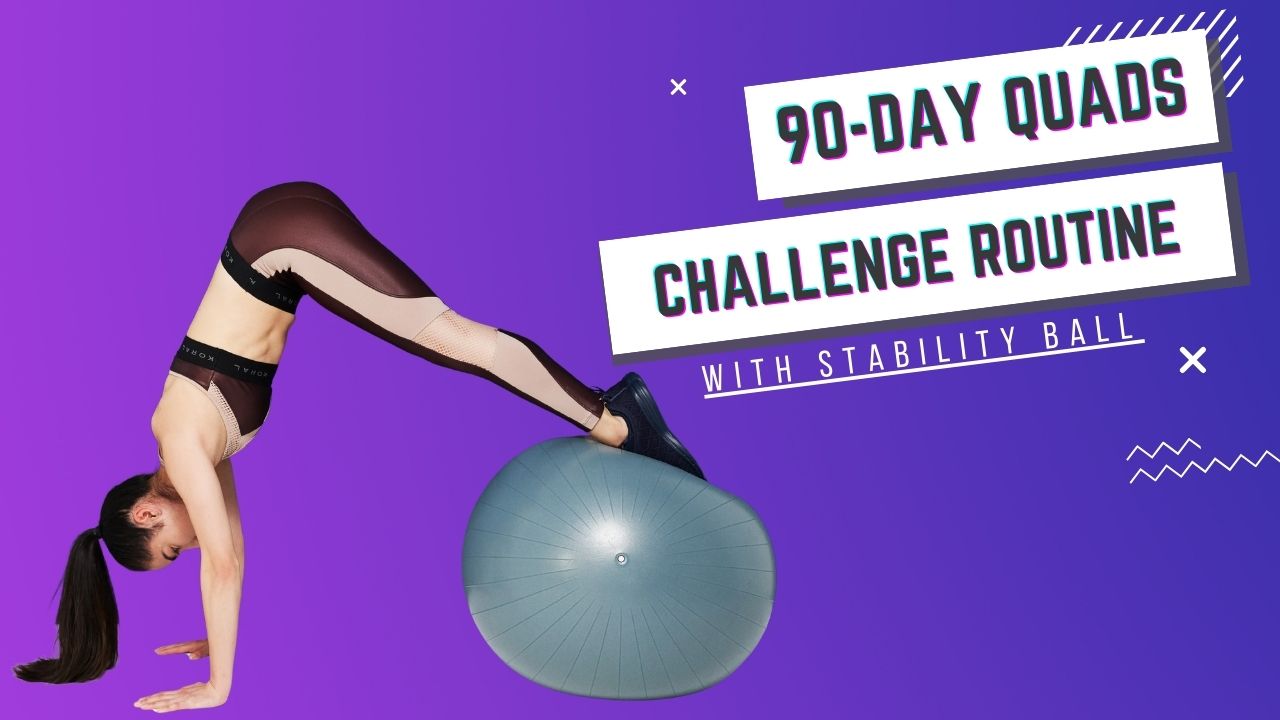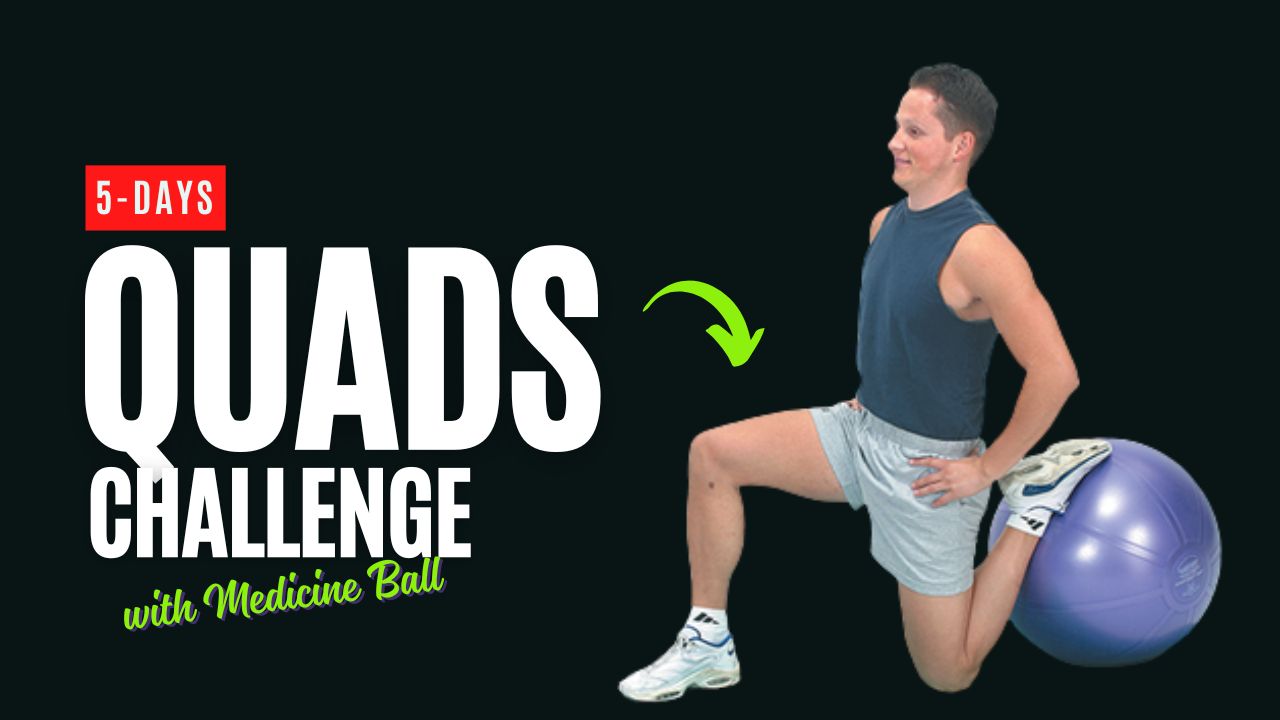When most people think about core training, crunches and planks are usually the first exercises that come to mind.
But here’s the truth: if you want real strength, stability, and definition in your midsection, bodyweight alone won’t cut it. Your core is made up of multiple layers of muscles that respond best to progressive resistance — and that’s where the barbell comes in.
Adding a barbell to your ab training not only makes your workout more intense but also mimics real-life strength demands, whether you’re lifting heavy, sprinting, or simply maintaining good posture throughout the day.
A barbell-based abs workout doesn’t just build a six-pack — it builds a functional powerhouse that protects your spine, enhances balance, and boosts athletic performance.
Did you know?
Your core isn’t just your “abs.” It includes your rectus abdominis (six-pack muscles), obliques (side torso), transverse abdominis (deep stabilizer muscles), erector spinae (lower back), and even your hips. Training them all with resistance makes your entire body stronger.
This 45-minute challenge will push your limits, combining stability, strength, and hypertrophy moves using just a barbell. Let’s break down the exercises with step-by-step instructions before jumping into the routine.
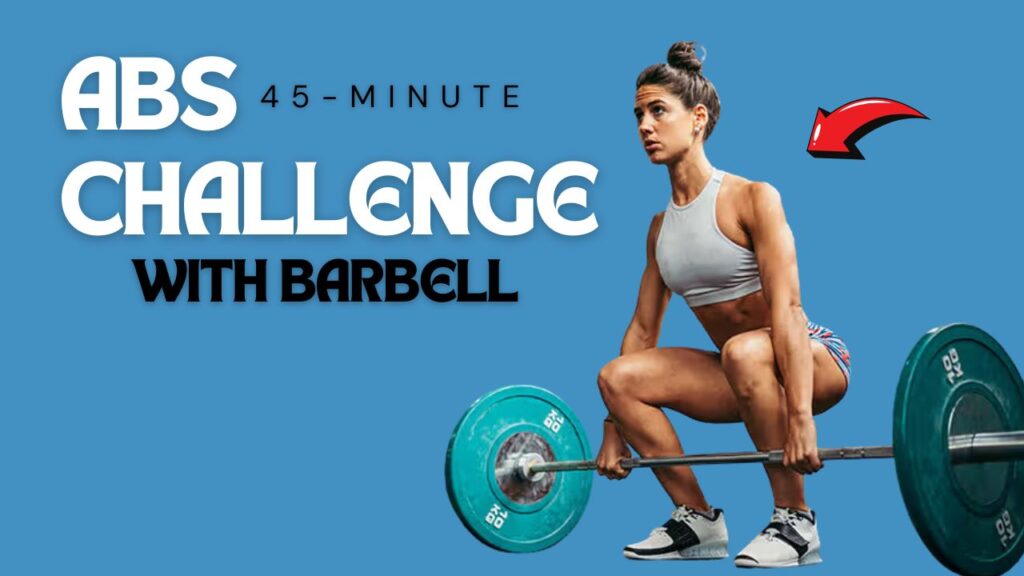
Table of Contents
What Can Happen After 30 Days of This Barbell Abs Challenge
| Positive Changes You May Notice | Why It Happens |
|---|---|
| Improved core strength and stability | Consistent resistance training engages all layers of your abs and stabilizers. |
| Better posture and reduced slouching | Stronger abs support the spine and help keep your body upright. |
| Increased endurance in planks and core exercises | Progressive overload builds muscular endurance over time. |
| Stronger lifts in other barbell movements (squats, deadlifts, presses) | A stable core provides a solid foundation for heavier lifts. |
| Visible toning in your midsection | Combined strength work and calorie control lead to definition. |
| Reduced risk of lower back pain | Strengthened core muscles protect and stabilize the lumbar spine. |
| Enhanced athletic performance (running, jumping, twisting) | Functional ab training improves overall coordination and power. |
| More confidence in daily movement and workouts | A resilient core makes everyday activities easier and more controlled. |
Do’s & Don’ts for the Barbell Abs Workout
| Do’s | Don’ts |
|---|---|
| Warm up properly before starting the workout to prepare your core and joints. | Don’t jump straight into heavy weights without mastering proper form. |
| Start with lighter weights or just the barbell to build technique first. | Don’t use momentum or jerky movements — it reduces effectiveness and risks injury. |
| Keep your spine neutral and core tight during all exercises. | Don’t allow your hips to sag during planks or rollouts. |
| Progress gradually by increasing reps, sets, or weight. | Don’t try to add too much weight too quickly. |
| Focus on controlled breathing — exhale on exertion, inhale on return. | Don’t hold your breath, as it can strain your core and lower back. |
| Rest as prescribed between sets to maintain proper form throughout. | Don’t skip rest periods; fatigue leads to poor technique. |
| Pair this workout with proper nutrition and overall training for visible results. | Don’t rely on ab workouts alone for fat loss or six-pack definition. |
| Listen to your body and stop if you feel sharp pain. | Don’t push through pain — it may signal injury. |
Barbell Abs Workout Exercises (with How-To Guides)
1. Barbell Rollouts
Why it works: Barbell rollouts target the rectus abdominis, obliques, and deep core stabilizers, making it one of the toughest ab exercises.
How to:
- Load a barbell with small weight plates so it rolls smoothly.
- Kneel on the floor with the barbell in front of you, gripping it shoulder-width apart.
- Slowly roll the barbell forward, extending your body while keeping your back straight.
- Engage your core to pull the barbell back to the starting position.
Tip: Keep your hips from sagging — this is where most people go wrong.
2. Barbell Overhead Sit-Ups
Why it works: Adding an overhead press to sit-ups makes your abs and shoulders work together, demanding greater stability.
How to:
- Lie flat on the floor, holding a barbell (light to moderate weight) directly above your chest with straight arms.
- Engage your abs and sit up, keeping the barbell extended overhead throughout the movement.
- Slowly lower back down with control.
Fact: This exercise improves shoulder mobility and core coordination at the same time.
3. Barbell Russian Twists
Why it works: Twisting motions with resistance challenge your obliques and rotational strength, which are key for sports performance.
How to:
- Sit on the ground with your knees bent and heels slightly lifted.
- Hold a barbell plate or bar across your chest.
- Lean back slightly, keeping your spine straight.
- Rotate your torso to the right, then to the left, moving the barbell across your body.
Tip: Slow, controlled twists are more effective than fast, jerky ones.
4. Barbell Side Bends
Why it works: Targets the obliques directly while improving lateral stability.
How to:
- Stand tall with a barbell across your shoulders, behind your neck.
- Slowly bend sideways to one side, feeling the stretch in your opposite obliques.
- Return to center, then repeat on the other side.
Myth Buster: Side bends with weights will not make your waist thicker. Instead, they tone and strengthen your obliques.
5. Barbell Landmine Rotations (a.k.a. Russian Bar Twists)
Why it works: A powerful rotational move that strengthens the obliques, core stabilizers, and shoulders.
How to:
- Secure one end of the barbell into a landmine attachment or corner of a wall.
- Hold the other end with both hands in front of your chest.
- Rotate your torso and move the barbell in an arc from one hip to the other.
- Keep your core tight and control the movement.
Fact: This move mimics the twisting power needed in sports like baseball, tennis, and golf.
6. Barbell Dead Bugs
Why it works: A barbell variation of the classic dead bug, engaging the deep core stabilizers while demanding balance.
How to:
- Lie on your back holding a light barbell directly above your chest.
- Lift your legs so your knees are bent at 90 degrees.
- Slowly lower your right arm and left leg toward the ground while keeping the barbell stable.
- Return and alternate sides.
Tip: If the barbell feels unstable, start with just the bar before adding weight.
7. Barbell Weighted Plank Pulls
Why it works: Adds resistance to the standard plank while improving anti-rotation strength.
How to:
- Start in a plank position with a barbell placed just outside one hand.
- With your opposite hand, drag the barbell underneath your body to the other side.
- Reset your plank, then pull the barbell back with the other hand.
Fact: Plank variations like this improve spinal endurance and reduce the risk of back pain.
8. Barbell Standing Overhead March
Why it works: Holding a barbell overhead while marching engages the core, shoulders, and hips for total-body stability.
How to:
- Press a barbell overhead and lock your arms out.
- Begin marching in place, lifting each knee to hip height.
- Maintain a tight core and avoid leaning backward.
Tip: This move improves posture and balance while firing up the abs.
45-Minute Barbell Abs Workout Challenge
Below is the full 45-minute structured routine. Perform each exercise in a circuit, resting briefly between sets.
| Exercise | Sets | Reps/Duration | Rest |
|---|---|---|---|
| Barbell Rollouts | 3 | 8–10 reps | 60 sec |
| Barbell Overhead Sit-Ups | 3 | 10–12 reps | 45 sec |
| Barbell Russian Twists | 3 | 12 reps each side | 45 sec |
| Barbell Side Bends | 3 | 12 reps each side | 30 sec |
| Barbell Landmine Rotations | 3 | 12 reps each side | 45 sec |
| Barbell Dead Bugs | 3 | 10 reps each side | 30 sec |
| Barbell Weighted Plank Pulls | 3 | 30–45 sec hold | 60 sec |
| Barbell Standing Overhead March | 3 | 30 sec march | 30 sec |
Challenge Flow (45 minutes):
- Complete the circuit of all 8 exercises.
- Rest for 2 minutes after each full round.
- Repeat for 3 total rounds (approx. 45 minutes including rest).
Conclusion: Beyond the 45-Minute Barbell Abs Challenge
You’ve just completed a workout that goes far beyond the traditional sit-up. This 45-minute barbell abs challenge blends strength, endurance, and stability to train your core from every angle.
By sticking to the routine consistently, you’ll notice not only improved definition in your midsection but also better posture, stronger lifts, and greater overall athletic performance.
But remember — building a strong core isn’t about a single challenge; it’s about progression. Once you master this workout, you can keep the momentum going by increasing barbell weight, extending your time under tension, or turning the challenge into a 6-week progressive program where you track your reps, sets, and rest times weekly.
Challenge Continuation Idea
Here’s a simple way to extend this workout into a progression:
- Weeks 1–2: Follow the routine exactly as written (focus on form and control).
- Weeks 3–4: Add one extra set per exercise OR increase weight slightly.
- Weeks 5–6: Shorten rest periods by 10–15 seconds to push endurance.
- Beyond Week 6: Combine this barbell abs workout with a lower-body or upper-body barbell routine to build a total-body strength circuit.
This way, the challenge becomes more than a one-off workout — it transforms into a long-term core-strengthening journey.
Frequently Asked Questions (FAQs)
Can beginners try this barbell abs workout?
Yes, beginners can start this workout with lighter weights or just the barbell itself. Focus on form and control before adding heavier loads.
How many times per week should I do this workout?
For best results, perform the workout 2–3 times per week, allowing at least one rest or active recovery day in between sessions.
Do I need a heavy barbell to see results?
Not at all. Even a standard barbell with light plates can provide resistance and stability challenges. As you progress, gradually add weight.
Will this workout help me get a six-pack?
Yes, but only if combined with proper nutrition and overall body-fat reduction. Strong abs are built in the gym but revealed through a balanced diet and consistent cardio.
Can I replace crunches with these barbell exercises?
Yes. Barbell ab exercises are more functional and engaging than traditional crunches, as they target deeper stabilizing muscles in addition to the rectus abdominis.
What if I don’t have a landmine attachment for landmine rotations?
You can place one end of the barbell securely into a corner of a wall (with padding to protect surfaces) as an alternative.
How do I avoid back pain during barbell rollouts?
Engage your core, keep your spine neutral, and avoid letting your hips sag. Start with partial rollouts and extend further as your strength improves.
Can I combine this abs challenge with other workouts?
Yes. Many athletes pair this workout with lower-body or push/pull barbell routines. Just ensure you’re not overtraining your core on consecutive days.
How long before I see results?
With consistent training and a proper diet, you can begin noticing improvements in core strength within 3–4 weeks and visible definition within 6–8 weeks.
Is this workout safe for people with lower back issues?
If you have a history of lower back problems, consult a professional before trying these exercises. Start with lighter weights and prioritize stability-focused moves like barbell planks and dead bugs.





